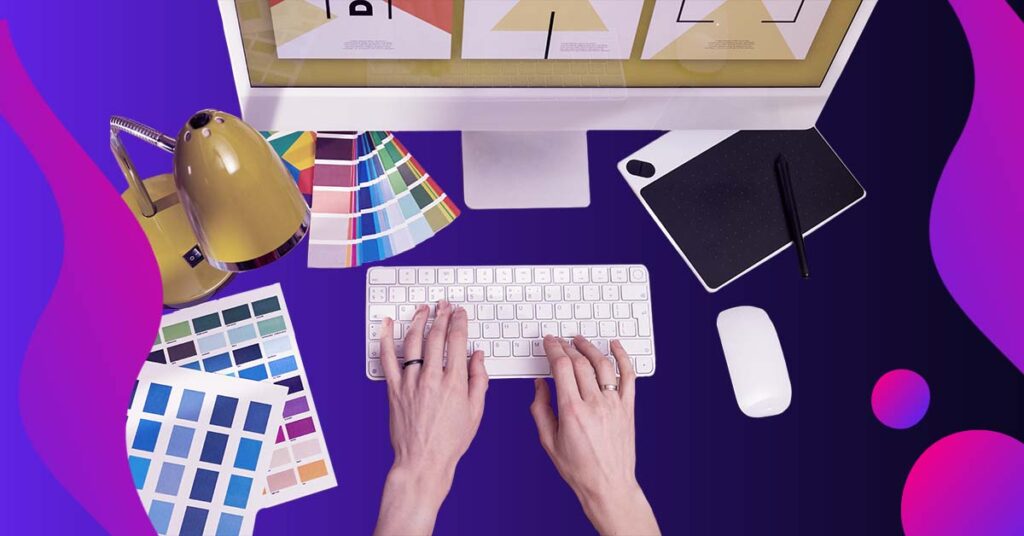
Editing illustrator files can seem daunting at first, but with the right approach and tools, it becomes a manageable and even enjoyable task. Whether you’re a seasoned designer or a beginner, these tips and techniques will help you effectively edit Illustrator files and achieve professional results.

Understanding the Basics
Before diving into the specifics of editing, it’s crucial to understand the fundamentals of Adobe Illustrator. Illustrator is a vector graphics editor, which means it’s perfect for creating and editing scalable graphics. Unlike raster images, which can become pixelated when scaled, vector graphics maintain their quality at any size. This makes Illustrator an ideal tool for designing logos, icons, and other graphics that need to be resized frequently.
Opening and Navigating Files
To begin editing an Illustrator file, open the file in Adobe Illustrator. If you’re working with a file downloaded from the web, ensure it’s an AI or EPS file for full compatibility. Once the file is open, familiarize yourself with the layout and layers. The Layers panel is your best friend here, allowing you to see and organize all the elements within the file.
Selecting and Manipulating Objects
Selecting objects correctly is the first step in editing. Use the Selection Tool (V) to select entire objects or the Direct Selection Tool (A) to select individual points or paths. Once selected, you can move, resize, or rotate objects using the bounding box. For more precise adjustments, use the Transform panel to input exact values.
Editing Paths and Shapes
Editing paths and shapes is a core part of working in Illustrator. To edit a path, select it with the Direct Selection Tool and manipulate the anchor points and handles. You can add or remove anchor points using the Pen Tool (P) to refine your shapes. The Shape Builder Tool (Shift+M) is another powerful tool that lets you merge, subtract, and divide shapes with ease.
Working with Text
Text in Illustrator can be edited just like any other object. Use the Type Tool (T) to add or modify text. To edit existing text, double-click the text box and start typing. You can change the font, size, color, and other attributes in the Character panel. For more advanced text manipulation, convert your text to outlines (Type > Create Outlines), allowing you to edit it as a vector shape.
Applying and Editing Colors
This is where editing illustrator files gets fun, and your project can fully come to life. Color is a vital aspect of any design. Use the Swatches panel to apply colors to your objects. For custom colors, use the Color Picker or the Color panel to define your hues. You can also apply gradients and patterns to objects by selecting them and choosing the appropriate fill option. The Gradient Tool (G) allows you to adjust the gradient directly on the object, giving you more control over the look.
Using Effects and Appearance Panel
Illustrator offers a wide range of effects that can enhance your design. The Appearance panel is where you can add and edit effects, such as shadows, glows, and distortions. Apply an effect by selecting an object and navigating to Effect > [Choose Effect]. The Appearance panel allows you to stack multiple effects and modify their properties without altering the original object.
Aligning and Distributing Objects
Alignment and distribution are essential for creating balanced and professional designs. Use the Align panel to align objects to each other or to the artboard. The Distribute options help you evenly space objects. These tools ensure that your elements are perfectly aligned, contributing to a clean and organized design.
Saving and Exporting Files
Once you’ve finished editing your Illustrator file, it’s important to save it correctly. Save your work as an AI file to preserve the layers and editability. If you need to share the file with others who don’t use Illustrator, export it as a PDF or EPS. For web use, export your design as a PNG or SVG. Each format serves a different purpose, so choose the one that best fits your needs.
Leveraging Illustrator’s Advanced Tools
Illustrator is packed with advanced tools that can take your editing to the next level. The Pathfinder panel allows you to create complex shapes by combining, subtracting, and intersecting paths. The Puppet Warp Tool (found under the Free Transform Tool) lets you add pins to an object and manipulate its shape naturally. These advanced tools provide greater flexibility and creativity in your design process.
Practice and Experimentation
Finally, the key to mastering Illustrator is practice. Spend time experimenting with different tools and techniques. Watch tutorials, follow design blogs, and join online communities to learn from other designers. The more you practice, the more comfortable you’ll become with Illustrator’s vast array of features.
Editing Illustrator files doesn’t have to be intimidating. By understanding the basics and utilizing the tools and techniques available, you can create and edit stunning vector graphics with ease. Whether you’re refining a logo or crafting a complex illustration, these tips will help you achieve professional results.
About the author

Brianna Johnson
Brianna is a professional writer of 10+ years who specializes in branding, marketing, and technology content.







